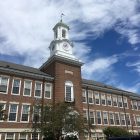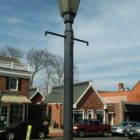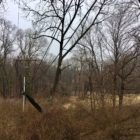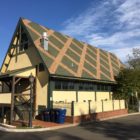Government
Town Approves $32,780 Contract for Masonry Repairs at Schoolhouse Apartments; Senior Living Facility To Secure Funding for Work
|
Officials this week approved a $32,780 contract for a Darien-based company to do masonry repairs to the town-owned Schoolhouse Apartments building on South Avenue. The funds will come from the senior living facility itself, through HUD, according to Bill Oestmann, superintendent of buildings with the New Canaan Department of Public Works. “[Schoolhouse officials] had went out and got some quotes to do repairs on the buildings and sidewalks and they were confused because the numbers were so crazy—all the quotes were something different—so explained to them at that time that these policies had been implemented there, that the town owns all that property, we are liable for all that stuff, so we will mange the project, they are going to give us all the funds through HUD,” Oestmann said at the meeting, held in Town Hall. “They had no problem with that.”
He added: “And at the end of the day, the town owns the building and so we want the work done properly so it will last.”
The 1931-built Schoolhouse Apartments originally had been constructed as New Canaan’s first junior high school, and it was built in a style—brick, with a cupola—that complemented the original New Canaan High School (now the New Canaan Police Department), which opened in 1927 (the same year Karl Chevrolet was founded). Oestmann said DPW officials met with contractors and after the project went out to bid it garnered estimates that varied widely—some $20,000 between them.




